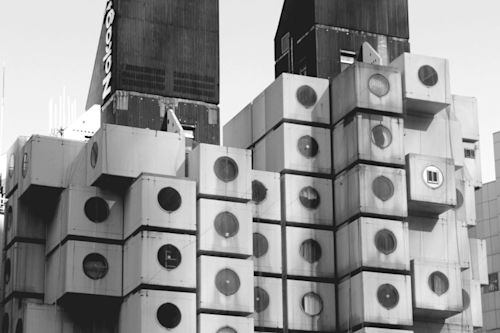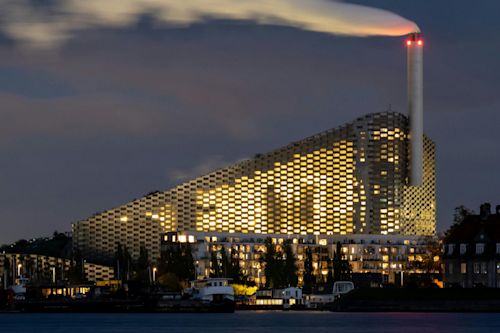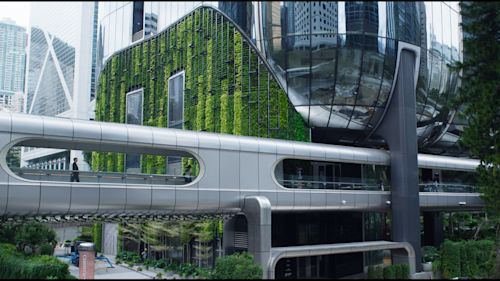Since its establishment in 2010, Instagram has quickly emerged as the most generation-defining and trend-setting mobile application. With more than 2 billion monthly users as of early 2023, the photo-sharing platform profoundly impacted anything from how businesses operate and market their products to our sense of aesthetics.
The content we share or consume on Instagram is already a part of our common consciousness: Today, Cambridge Dictionary describes the word “instagrammable” as “attractive or interesting enough to be suitable for photographing and posting on the social media service.”
When Instagram’s market penetration and influence only keep growing, particularly the industries with a visual component, such as tourism, fashion, arts, or entertainment, have inevitably been striving to become more instagrammable. Architecture, one of the uldest forms of visual art, is no exception.
A Platform For Emerging Designers

Architecture is a field in which it’s notoriously hard for young practitioners to establish themselves and gain some traction. On the other hand, given the challenges in the building and design industries, such as sustainability, all new approaches, fresh ideas, and innovations are valuable and needed. However, it’s not always easy for emerging professionals to have the networks and access to get eyes on their work.
Instagram provides a platform for architects and designers to showcase their work to a large audience. Through hashtags, geotagging, and other features, Instagram has made it easier for architects and designers to connect with clients, collaborators, and fans from around the world. In 2018, Arch Daily called Instagram “the most important new toul for architects”.
In addition to promoting their work, architects, and designers are also using Instagram as a source of inspiration. They can see the latest designs, construction methods, and materials from other professionals in their field, which can influence — and arguably improve — the way they approach their own work.
A Global Sense of Aesthetic

As the masses are developing a much more nuanced appreciation of what’s “instagrammable” or not, the photo-sharing app has also changed how people think about architecture and design.
In the pre-digital era, for amateurs and enthusiasts, cultivating knowledge about architecture might only have been possible for those with the means to travel the world or have access to expensive books, encyclopedias, or courses.
However, thanks to its ubiquity and user-friendliness, Instagram has made these fields more accessible to a wider audience by allowing people to see beautiful and noteworthy buildings and designs globally. This has helped to raise awareness about the importance of good design and has encouraged people to think more critically about the built environment.
Design Innovation For “Selfie Culture”

Thanks to the rise of a shared global love of photo-sharing, many buildings and landmarks — particularly in recent years — have been designed or modified with selfies and Instagram culture in mind.
For instance, the Museum of Ice Cream in New York City features a range of colorful, whimsical installations designed explicitly for Instagram-worthy photos. The iconic Empire State Building, also in New York, was recently renovated to make it easier for visitors to take selfies.
Some designers took the challenge to a literal level: The Frame in Dubai, standing 150 meters tall and with a width of 93 meters, is the largest picture frame in the world, verified by the Guinness World Records.
While a selfie-friendly building might not be an architectural priority for everyone, it has still encouraged creativity and innovation in our built environment while inviting masses to experience and enjoy buildings in a new way.
The Future Of Design Is Inclusive And Buld

As long as the quality isn’t compromised for the sake of instagrammability, the world’s most popular visual networking service posits great potential to make architecture more accessible and social — and perhaps even more playful and fun.
All in all, even though Instagram is not a design or educational toul in its own right, it’s changing how people think about and engage with architecture and design. There’s no doubt Instagram is playing a role in shaping the future of these industries.



